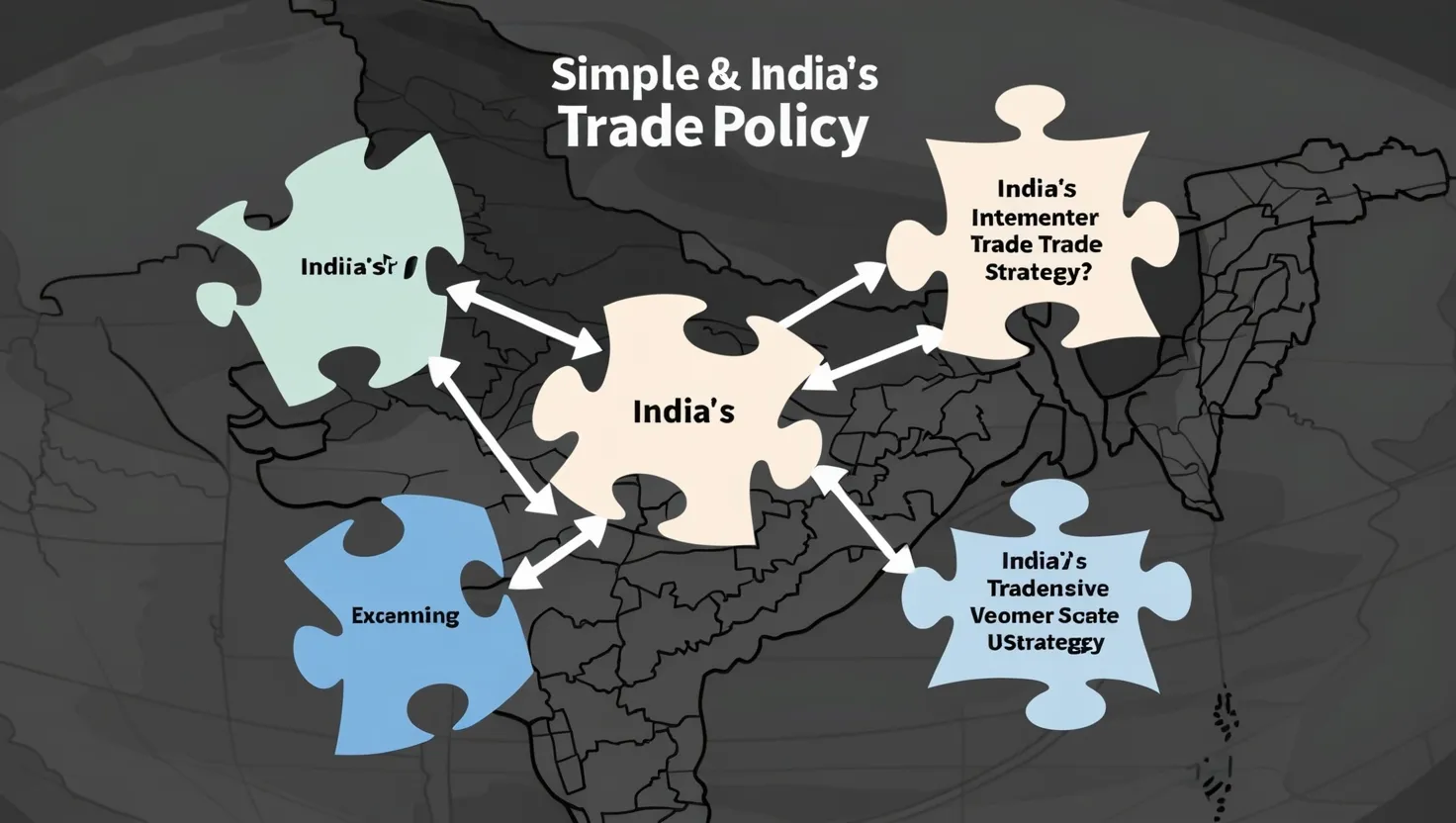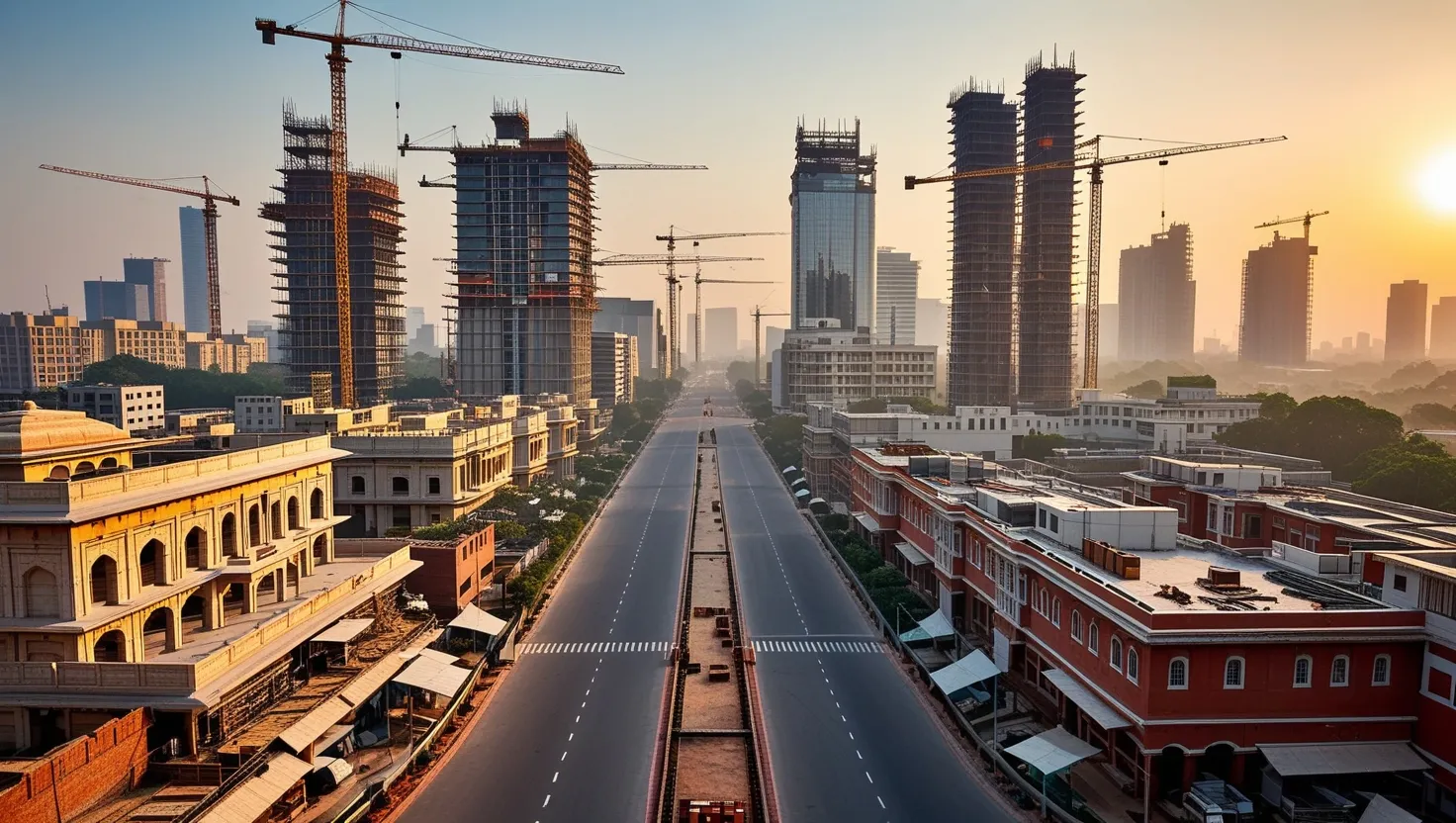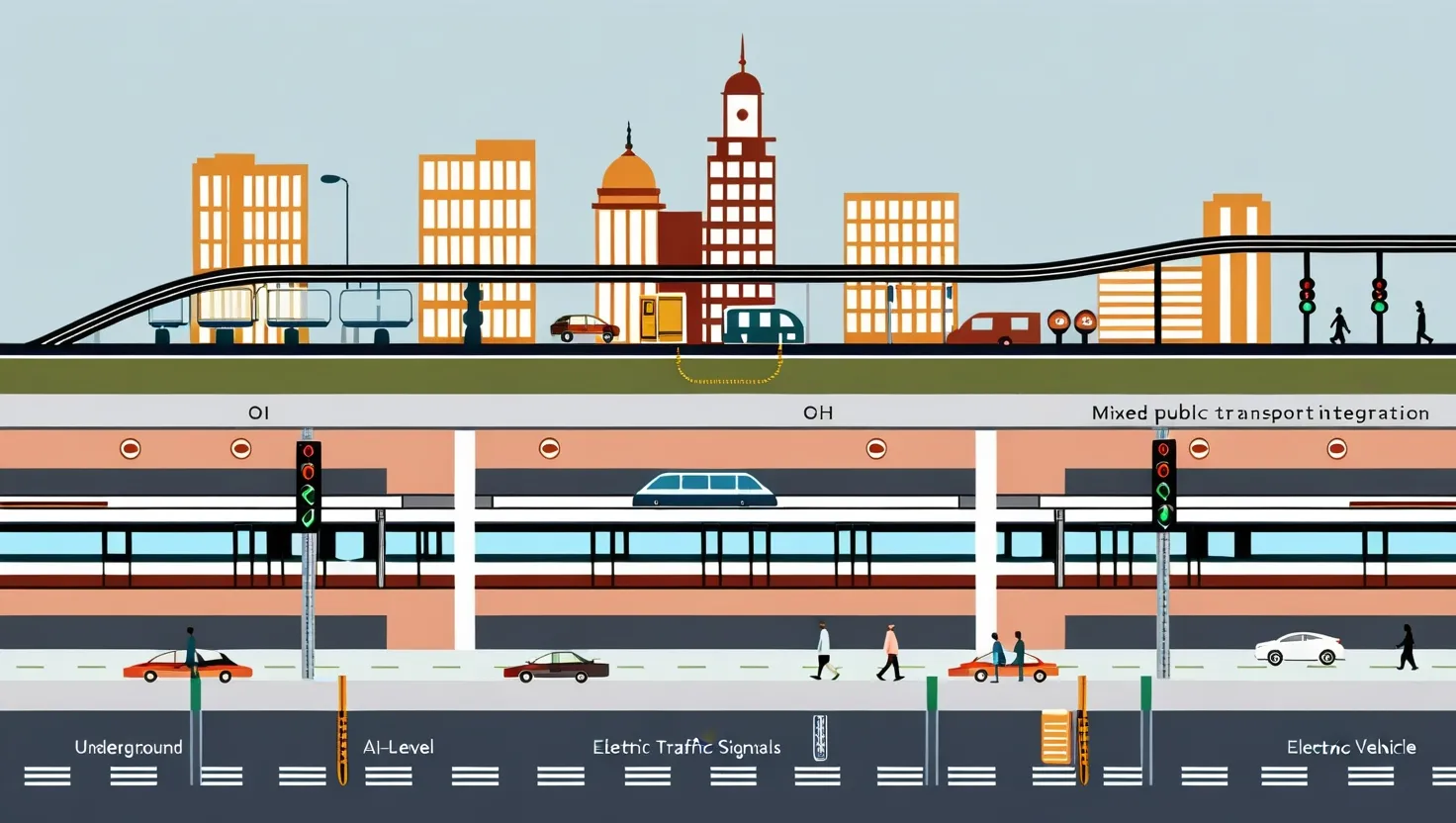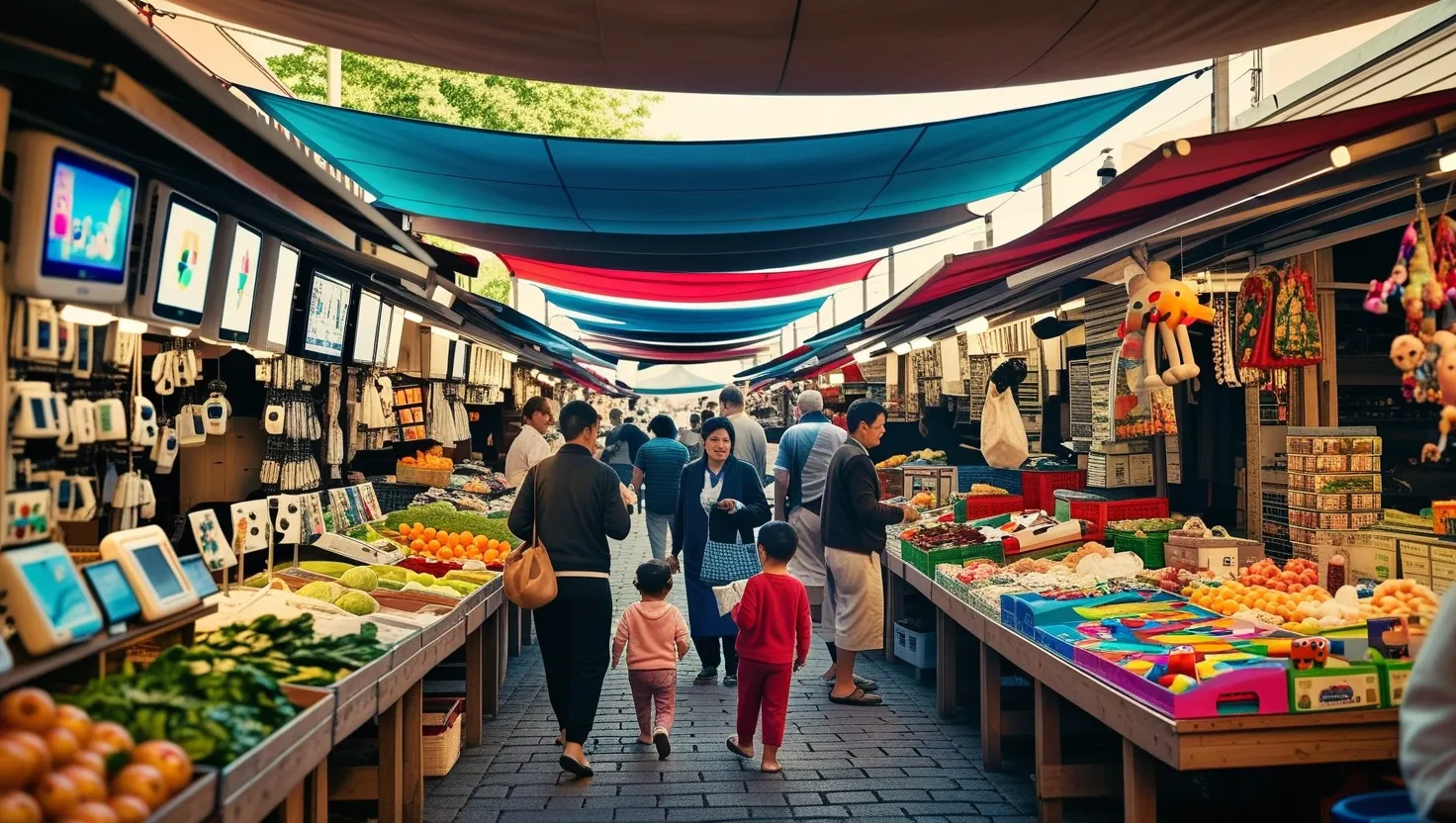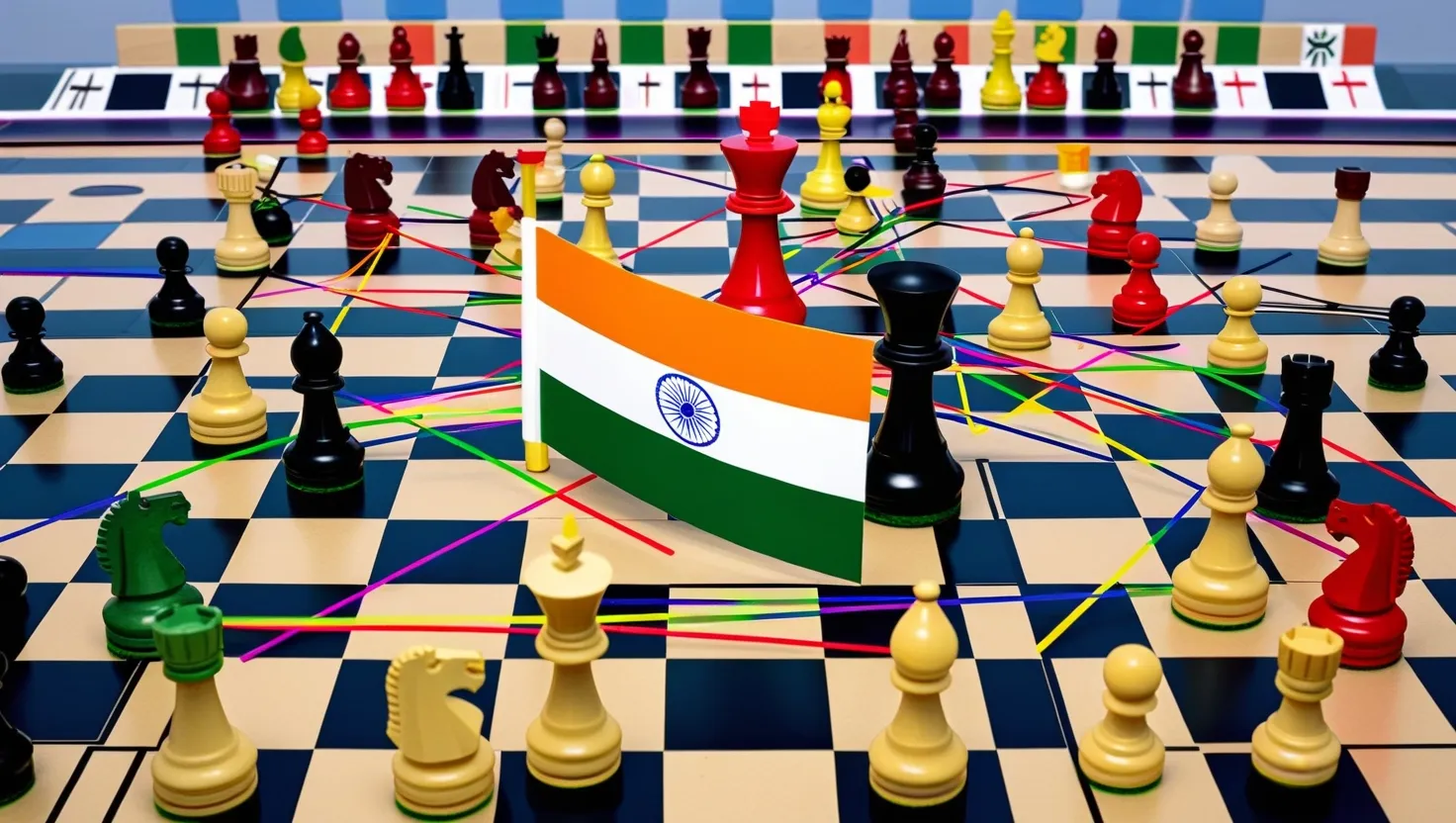As I delve into the intricate world of India’s recent trade policies, I am reminded of the wise words of Adam Smith: “The division of labor is limited by the extent of the market.” India, with its ambitious economic goals, is actively expanding its market reach through a series of innovative trade policies. Here, we will explore five key initiatives that are reshaping India’s global economic ties and ponder the implications of these strategies.
Free Trade Agreements: A New Frontier
India’s recent Free Trade Agreements (FTAs) with the United Arab Emirates (UAE) and Australia mark a significant shift in its trade policy. These agreements are designed to reduce tariffs and non-tariff barriers, making it easier for Indian goods to penetrate these markets. But what does this mean for Indian exporters?
Imagine a textile manufacturer in Gujarat who can now export fabrics to the UAE without the burden of high tariffs. This not only increases his competitiveness but also opens up new avenues for growth. However, it also raises questions: How will these agreements impact domestic industries that might not be as competitive? Will the influx of cheaper imports from these countries harm local businesses?
Production-Linked Incentive Schemes: Boosting Exports
The Production-Linked Incentive (PLI) scheme, introduced by the Modi government, is a game-changer for India’s export landscape. By offering incentives to manufacturers in sectors like electronics, telecom, and renewable energy, the government aims to make Indian products more competitive globally.
As Rumki Majumdar, an economist, once pointed out, “India needs to up its game in R&D as well as manufacturing competitiveness in industries where we have a high import dependence.” The PLI scheme is a step in this direction, encouraging local production and reducing reliance on imports. But how effective will these incentives be in the long run? Will they lead to sustainable growth or just temporary gains?
Reforms in Special Economic Zones Policy
Special Economic Zones (SEZs) have long been a part of India’s trade strategy, but recent reforms aim to make them more attractive to foreign investors. These zones offer tax benefits, streamlined regulations, and infrastructure support, making them ideal for export-oriented industries.
However, the success of SEZs depends on more than just policy reforms. It requires a robust infrastructure and a skilled workforce. As India moves forward with these reforms, it must also address the challenges of creating a conducive business environment. How can India ensure that these zones are not just isolated islands of prosperity but integral parts of the broader economy?
District Export Hub Initiative: Local Products on the Global Stage
The District Export Hub initiative is an innovative approach to promoting local products globally. By identifying and supporting export potential in each district, the government aims to diversify India’s export basket and create jobs at the grassroots level.
This initiative is particularly interesting because it taps into India’s rich regional diversity. Imagine a small artisan in a rural district of Rajasthan whose handicrafts can now reach international markets. This not only boosts local economies but also preserves traditional skills. However, how will the government ensure that these local products meet global standards and compete with mass-produced goods?
India’s Stance on Regional Comprehensive Economic Partnership
India’s decision to opt out of the Regional Comprehensive Economic Partnership (RCEP) was a significant move in its trade policy. While RCEP offers the potential for broader trade cooperation, India’s concerns about the impact on its domestic industries were paramount.
As Gopal Jain, Managing Partner at Gaja Capital, noted, “India must welcome global investments into India and learn from other countries to implement an India-first, business-like approach to international relations.” By focusing on bilateral agreements and other regional trade blocs, India is charting its own course. But what are the long-term implications of this decision? Will India miss out on the benefits of being part of a large trade bloc, or will its independent approach pay off?
Diversifying the Export Basket
One of the primary goals of these trade policies is to diversify India’s export basket. Currently, India’s exports are heavily concentrated in a few sectors, making it vulnerable to market fluctuations. By promoting exports in new sectors and regions, India can reduce this risk.
As the World Bank has suggested, India needs to participate more actively in Global Value Chains (GVCs) to achieve its ambitious export targets. This involves not just producing goods but also integrating into the global supply chain. How can India balance the need for diversification with the challenges of competing in new markets?
Attracting Foreign Investments
Attracting foreign investments is another key objective of these policies. By offering incentives and improving trade facilitation, India aims to make itself a more attractive destination for foreign capital.
However, attracting investments is not just about policy reforms; it also requires a stable and predictable business environment. As India continues to implement these policies, it must also address issues like logistics costs, regulatory hurdles, and infrastructure gaps. How can India ensure that foreign investors feel confident in the country’s economic stability?
Strengthening Position in Global Value Chains
Participating in GVCs is crucial for India’s economic growth. By integrating into these chains, Indian businesses can access new technologies, markets, and skills. However, this also means competing with other countries that have been part of these chains for longer.
As the Hinrich Foundation points out, the US-India trade relationship could be a model for this integration. By negotiating reciprocal market access and reducing trade barriers, India can strengthen its position in critical sectors. But what are the challenges in implementing such agreements, and how will they impact domestic industries?
Challenges in Implementation
While these policies are ambitious, their implementation is not without challenges. One of the biggest hurdles is the resistance from domestic industries that fear competition from cheaper imports. How will the government balance the interests of these industries with the need to open up the economy?
Another challenge is the infrastructure gap. India’s logistics costs are among the highest in the world, making it difficult for businesses to compete globally. How can India reduce these costs and improve trade facilitation?
Potential Impacts on Domestic Industries and Job Creation
The impact of these policies on domestic industries is a critical concern. While they aim to boost exports and attract investments, they also risk disrupting local businesses that are not competitive enough.
As we ponder the future of India’s trade policies, we must ask: How will these policies affect job creation? Will they lead to more employment opportunities in export-oriented sectors, or will they displace jobs in industries that cannot compete?
In conclusion, India’s recent trade policies are a bold step towards reshaping its global economic ties. They offer a mix of opportunities and challenges, and their success will depend on how effectively they are implemented. As we move forward, it is crucial to keep in mind the words of Peter Drucker: “The best way to predict the future is to create it.”
Will India’s new trade policies create a brighter economic future? Only time will tell, but one thing is certain – the journey ahead will be filled with both opportunities and challenges. As we navigate this complex landscape, it is essential to stay informed, adapt to changes, and continuously evaluate the impact of these policies on the ground. The future of India’s economy is being written today, and it is up to us to ensure that it is a story of growth, prosperity, and resilience.
